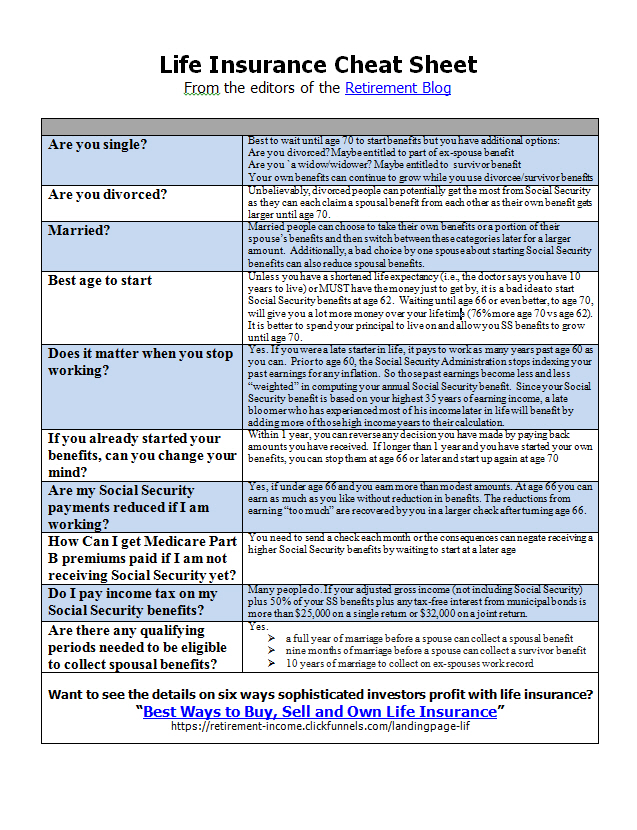You might still be making payments on your life insurance policy despite the fact that its cash value is sufficient to maintain your coverage. In that case, you may have better use for the money you're paying as premiums. Find out now if you've achieved a paid-up status and can eliminate your out-of-pocket life insurance cost.
With certain types of "whole life" policies (as well as many universal life policies) it's possible to stop paying premiums without losing the basic coverage for which you purchased it. Sometimes, life insurance companies don't go out of their way to inform policyholders that they can stop paying premiums and keep the policy in force. So ask your agent to get a policy ledger and review it with you.
The basics of whole life-type policies and life insurance cost
Of the premiums you pay toward your whole life-type policy, a portion increases the policy's cash value (like a savings account); the other pays for the "pure" insurance for your death benefit. The cash value is what you may get if you terminate the policy and the insurance company paid you whatever's left in the policy. The cash value is also what earns interest and helps pay for the pure insurance cost as you age.
As you continue to make life insurance premium payments over the years, your policy's cash value increases - and so does its earnings. At one point, these earnings can pay the premium amount to keep your policy in force so it can pay the death benefit stated on your policy when you purchased it. At that point you can stop making payments since the policy is paid up.
It's true that if you have a whole life policy and you make premium payments every year until you die, the payout at death will be greater than it would be if you used the earnings on the cash surrender value to pay the remaining premiums. But you might have better use of the money you're using for premium payments than to further increase your cash value and death benefit.
Check to see if your life insurance policy is paid up by asking the company for a policy ledger showing no additional payments. And if it isn't, check when it's projected to be paid up. You can do the same with universal life but the variables affecting the paid up status are more complex and you want to speak to an agent.

Life insurance is a contract between an insurance policy holder and an insurer, where the insurer promises to pay a designated beneficiary a sum of money (the "benefits") upon the death of the insured person. Depending on the contract, other events such as terminal illness or critical illness may also trigger payment. The policy holder typically pays a premium, either regularly or as a lump sum. Other expenses (such as funeral expenses) are also sometimes included in the premium; however, in Australia the predominant form simply specifies a lump sum to be paid on the policy holder's death.
Life insurance is a contract between an insurance policy holder and an insurer, where the insurer promises to pay a designated beneficiary a sum of money (the "benefits") upon the death of the insured person. Depending on the contract, other events such as terminal illness or critical illness may also trigger payment. The policy holder typically pays a premium, either regularly or as a lump sum.